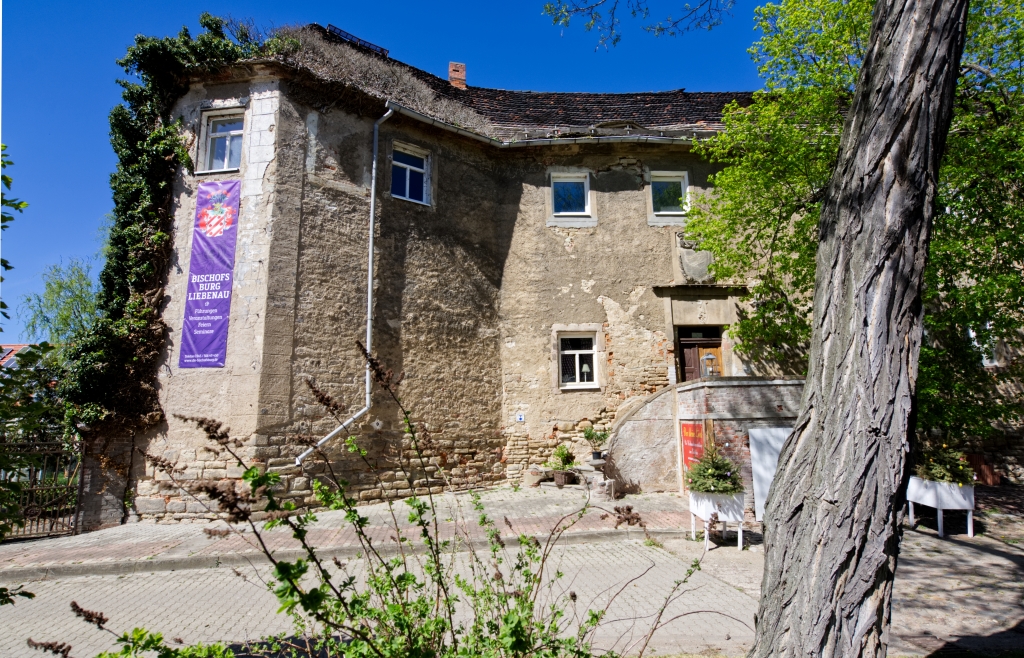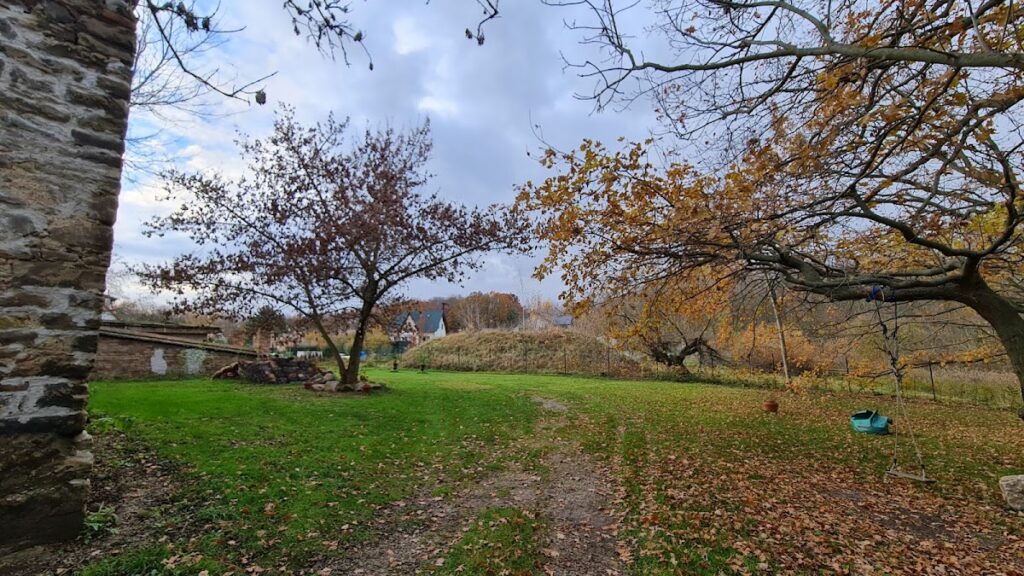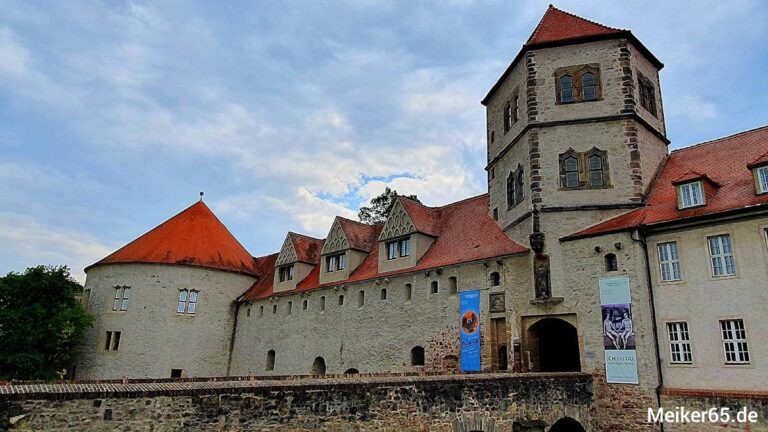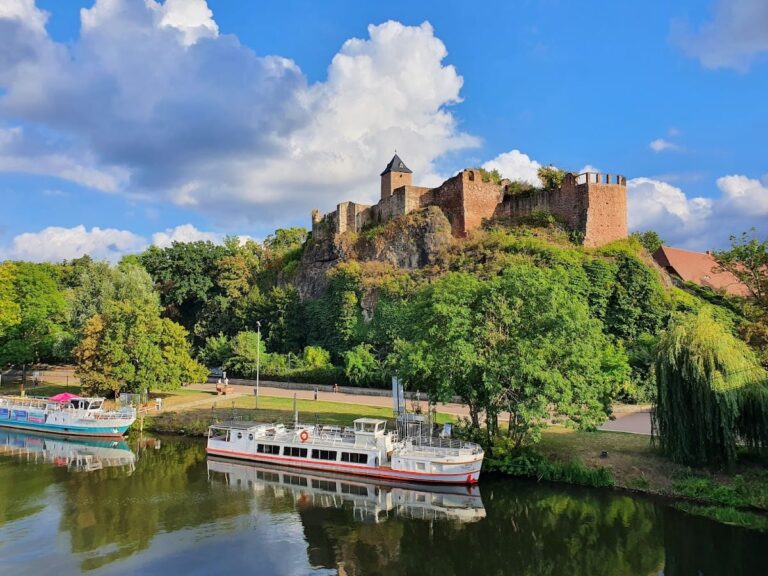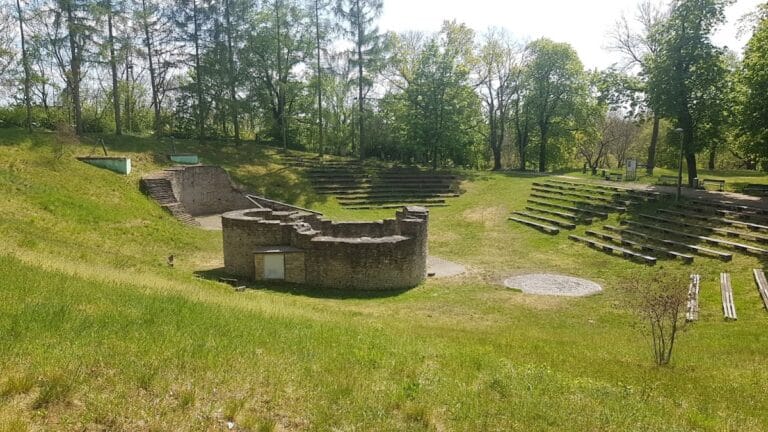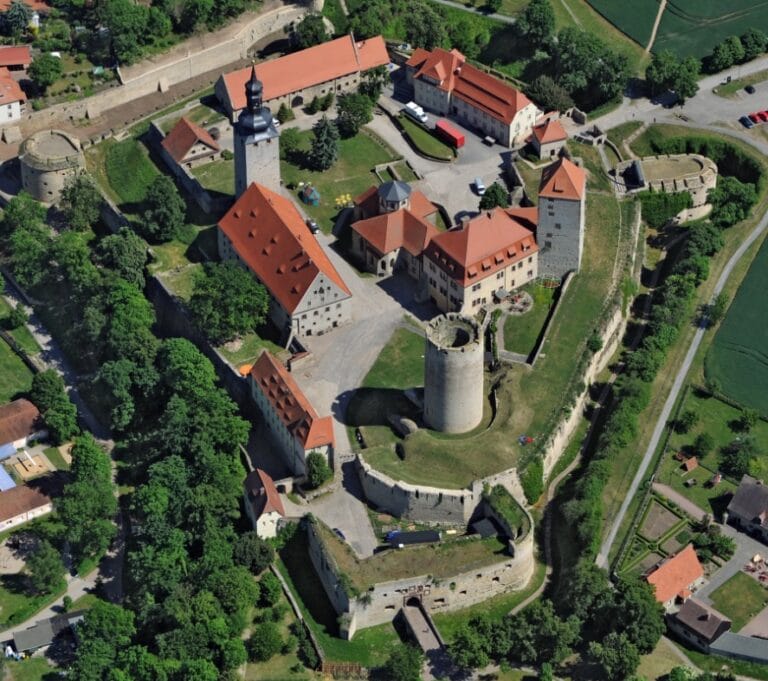Burg Burgliebenau: A Medieval Water Castle in Schkopau, Germany
Visitor Information
Google Rating: 4.4
Popularity: Very Low
Official Website: www.die-bischofsburg.de
Country: Germany
Civilization: Unclassified
Site type: Military
Remains: Castle
History
Burg Burgliebenau is located in the municipality of Schkopau, Germany, and was established by medieval European builders. The castle’s origins date back to the late 12th century when it was founded as a water castle. Its primary purpose was to protect a strategic crossing over the Weiße Elster river. Initially, the fortress belonged to the knights of Liebenau, who maintained control until the family line ended around the late 13th century.
Following the extinction of the Liebenau knights, the castle passed into the hands of the bishops and dukes of Merseburg. The first documented mention of the site under this new ownership appears in 1356. During the early 16th century, the castle underwent a significant transformation, with the main building being remodeled into a palace. This period reflected a shift from purely military defense to a more residential and administrative function.
In 1687, a substantial reconstruction took place under Duke Christian of Saxony-Merseburg. This rebuilding was likely carried out to repair damages suffered during the Thirty Years’ War, a conflict that heavily affected the region. As part of these changes, the original bergfried—a tall tower commonly used in medieval castles for defense and observation—was demolished.
From 1838, the palace was owned by the Schwarzburg family until 1945, when it was expropriated during land reforms implemented under Soviet occupation. After this period, various community uses were established within the castle, including an agricultural cooperative, a school kitchen, and a kindergarten. Portions of the building were also adapted into apartments to house up to eleven families. Ownership eventually transferred to the local municipality of Schkopau before returning to private hands in 2016.
A small chapel linked to the castle has its first known record dated to 1433, highlighting the site’s ecclesiastical connections during the Middle Ages.
Remains
The castle complex at Burg Burgliebenau is arranged in a four-sided configuration. Along the southern boundary stands the main building, a two-story structure notable for its spiral staircase. This staircase is an architectural feature providing vertical access within the principal residence area. Adjacent to the main house on the west side is a single-story wing, which complements the larger building.
The northern and eastern sides of the castle are enclosed by a surrounding wall that once served as part of its defensive system. The masonry of this wall reflects the traditional construction methods used when the castle was built and maintained.
On the facade of the southern building, visitors can find the coat of arms of Vinzenz von Schleinitz, Bishop of Merseburg, dated to 1530. This emblem underscores the ecclesiastical authority linked to the castle. Additionally, the passageway through the complex features a pointed-arch doorway, characteristic of the Gothic architectural style, accompanied by a relief showing the bishop’s coat of arms.
During the reconstruction in 1687 ordered by Duke Christian of Saxony-Merseburg, the original bergfried was removed, changing the silhouette of the castle. Today, the site is recognized as a protected monument and is registered under local heritage protection, ensuring the conservation of its historic structures for future generations.
